I WANT
RELATED LINKS
I WANT
RELATED LINKS
RELATES LINKS
I WANT
RELATES LINKS
Services
Related Links
Use and Management of Cookies
We use cookies and other similar technologies on our website to enhance your browsing experience. For more information, please visit our Cookies Notice.
- Personal Banking
- Stories & Tips
- Life Style
- 5 things to know when visiting Japan
- Personal Banking
- ...
- 5 things to know when visiting Japan
5 things to know when visiting Japan
12-02-2020
Japan is a country in the heart of many people, people who have never been. Would like to go once. People who have been before would like to go back to travel again because it is a country that can travel throughout the year with a unique atmosphere, variety of food and have a unique way of life and culture. You can see cherry blossoms blooming all over the city in spring and marvel at the night sky of the Summer Fireworks Festival. Or admire the beautiful autumn leaves from lush green to orange-red in the fall and continue skiing in the spectacular winter ice sculptures. But regardless of what season you come to Japan or any period, what are some of the things that you will experience? Let's see.
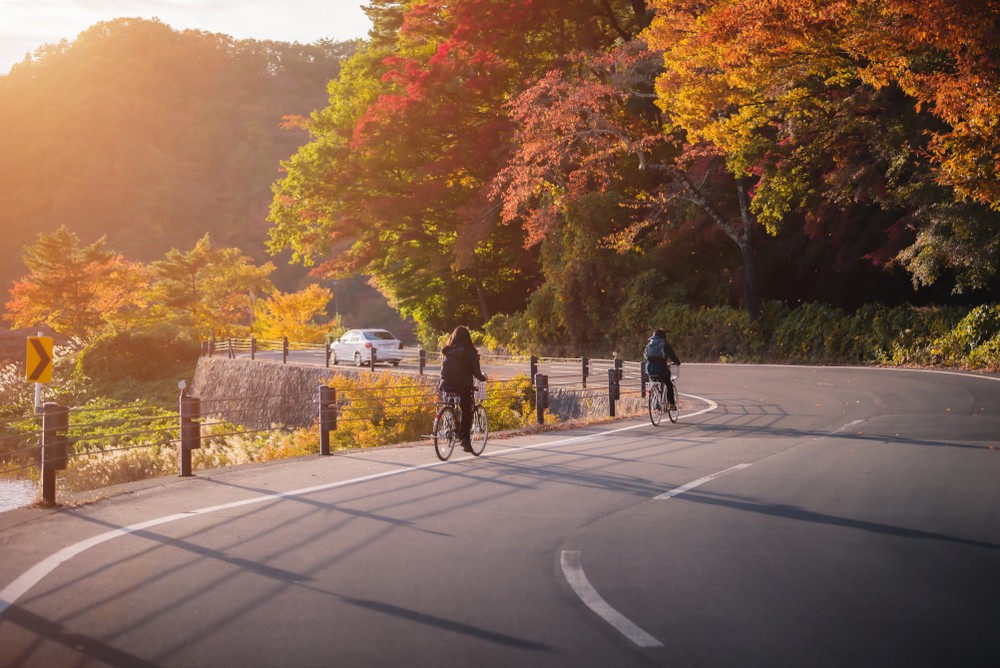
1. People ride bicycles around the city, from children, working people, executives, and elderly people.
In addition to using the subway for traveling, bicycles are another vehicle that many Japanese people need to have. Whether biking to work or going to do daily errands outside the home while also having strict cycling regulations. For example, do not break through the red light, do not ride while drunk. Limit the spinning speed and can only ride in the designated area. But sometimes during times of urgency, We may also see some Japanese cyclists on the pedestrian footpath area as well. Although this country is known for road safety. But for tourists like us be careful not to damage because the speed of the bike can cause the accident to bleed off as well. And if anyone wants to ride a bike to see the city Must also know the rules So that he will not be fined because he was riding in the wrong direction or to obstruct the driveway.
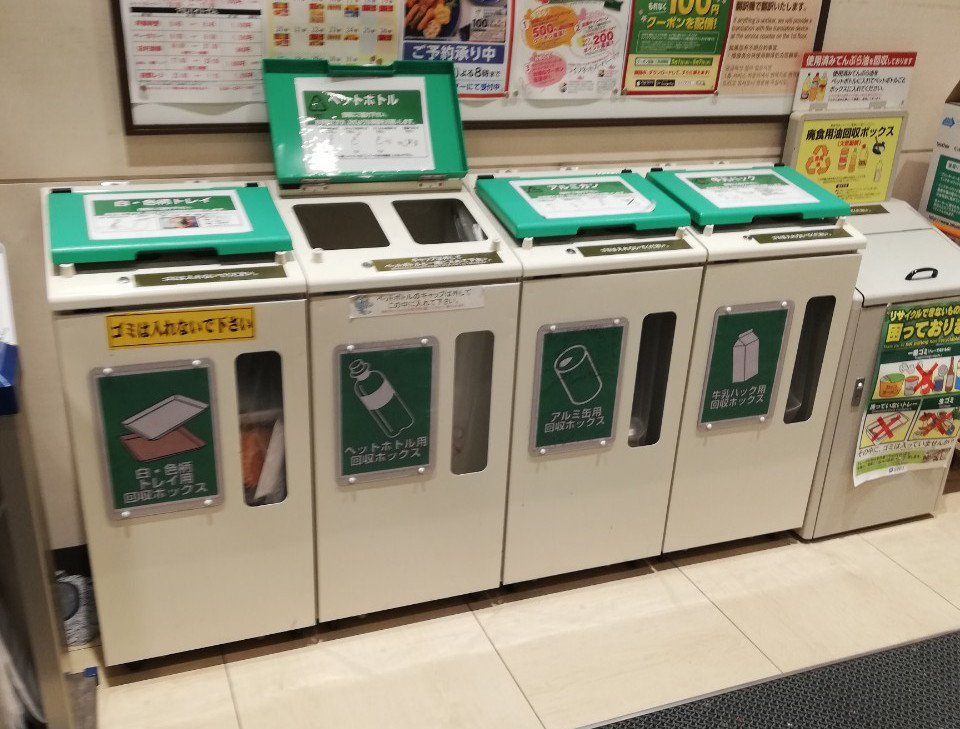
2. There is a thorough classification of waste
Japan is considered a leading country in waste management. There is a clear and complete waste separation process. There will be an assortment of waste, such as plastic waste, glass bottles, paper, food waste or food waste contamination containers. For convenience in recycling or destruction. In addition, Japan has very little dumping points. (The lesser the trash, the fewer people throw). For example, there will be trash in the vending machine. which will be the only trash for plastic water bottles. Or at convenience stores, you can look for a dumping spot near you. As for the point that has a lot of trash I will live in a larger department store. Therefore, if we buy snacks from a convenience store to eat on the way may be hard to find trash at some point is creating a habit of throwing the trash in the right place. And stimulate thought before buying.
3.Authentic Japanese food the taste is not like we are used to
Local Japanese food will be slightly different from the menus we have eaten in the past. Due to many factors such as raw materials, seasonings or the eating culture of the local people in each city. Including the use of chopsticks is different from the Thai people familiar. Japanese people, after eating food, will not place chopsticks on the bowl. But will place on the chopsticks rest and placed parallel to ourselves. If there is no chopsticks holder, it can be placed on the chopsticks instead. As for the authentic Japanese food flavor what will be the popular menus of Thai people? Let's see.
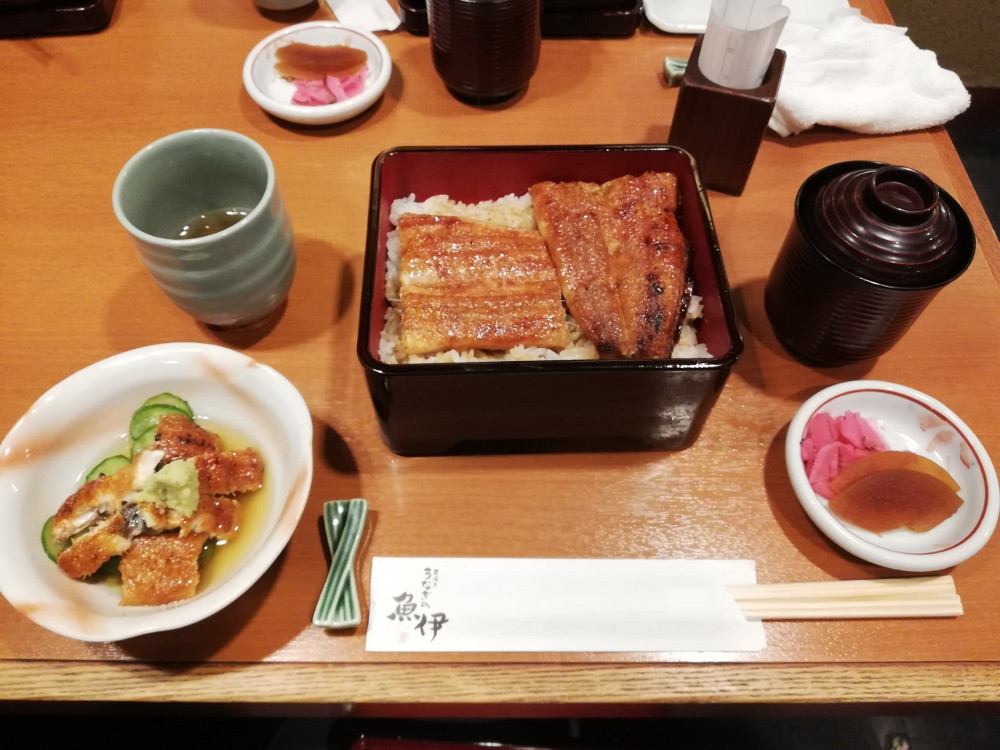
Ramen : some shops can choose the softness of the noodles or choose the soup that has many types. But authentic Japanese flavor the soup maybe a little salty for Thai people. Before adding a seasoning, try tasting it first
Takoyaki, also known as Thai Kanom Klok. The external look is not different from our home. But the original taste of this place is not as soft as we used to eat. The powder will go out and become smoother and softer.
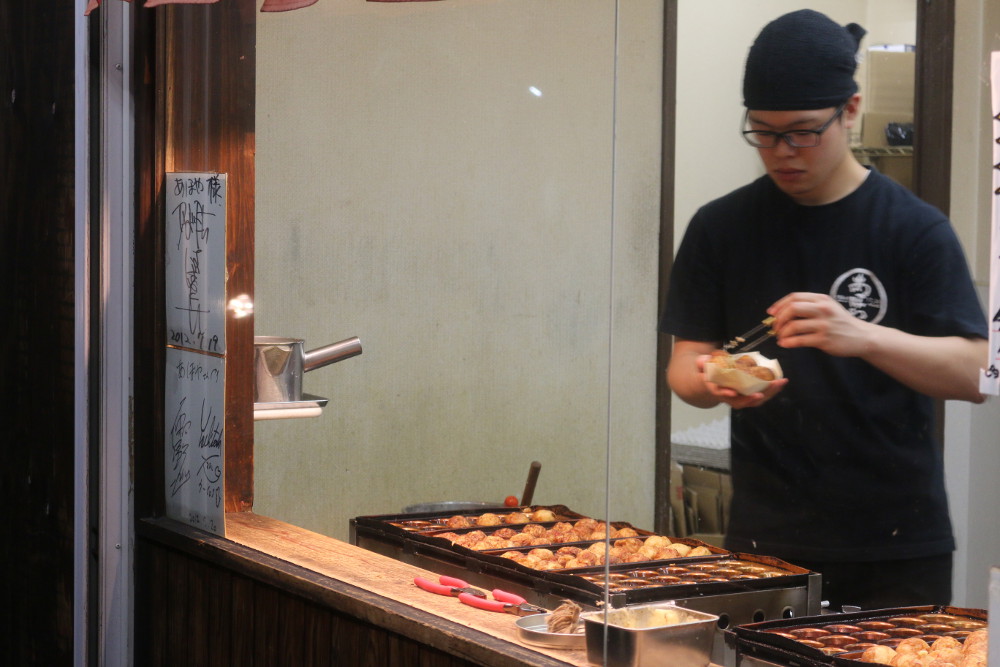
Fish menu the highlight menu here is not that salmon as Thai people think of. But will be tuna or eel. Because salmon just became a Japanese menu around 1995, from the import of fish from Norway. In addition, in the olden days, salmon caught around the Sea of Japan were at risk of parasites. Japanese people don't like to eat but prefer tuna, which is deep-sea fish and eel instead.
4. Study some traditional toilets
Japan is a country that has free toilet paper to use in the bathroom. No need to buy and often have a small trash bin as well. Which this bin does not have to leave toilet paper like ours but there is a little rubbish left, including sanitary towels already wrapped. As for toilet paper After we finish our business, can flush down the toilet. Because toilet paper in Japan is easy to disintegrate when exposed to water. While also having a well-managed sewer system and drainage system. But if anyone goes to the bus stop, restaurants or tourist attractions in the outskirts of town will find a traditional Japanese bathroom that made many people wondering where to sit facing. Which the principle is Let us turn to the curved part of the toilet and squatting to do errands, but Thai people may feel strange. Because of this traditional bathroom, when sitting, it often turns the back on the door.
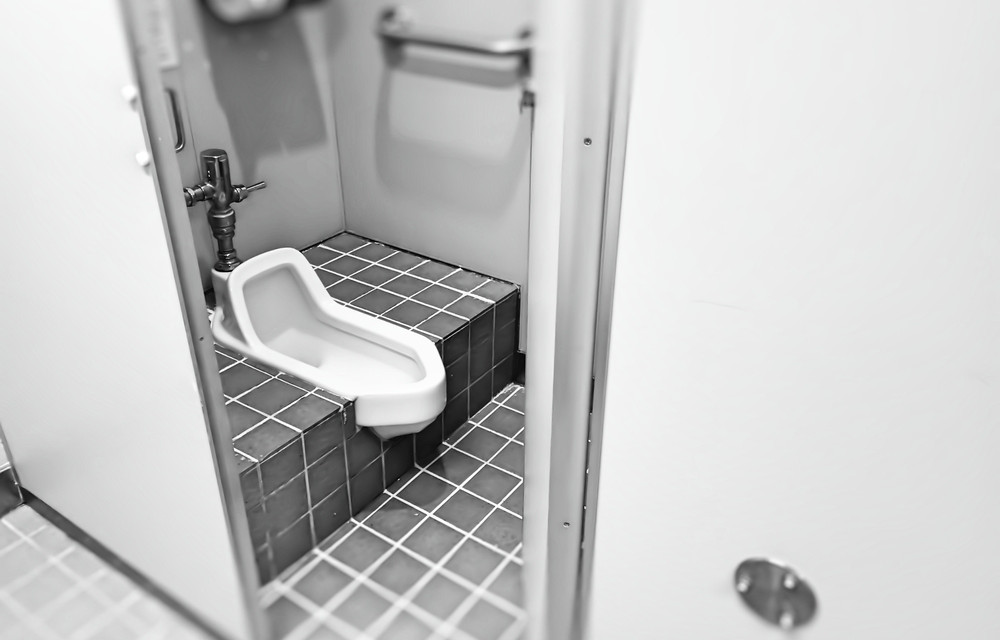
5. Japan is still a cash society
Spending while traveling in Japan still needs to carry cash. Because various restaurants no matter how big or small, it's more popular to accept cash to pay for food or services. This may cause an event that requires you to cash out in case some restaurants do not accept credit cards. However, aside from cash In Japan, it is also popular to use a top-up card that is to top up into the system to pay for goods and services. Such as shopping malls, restaurants, cafes for Thai people, we can use the Planet SCB top-up card to use in Japan. Or can press the cash out from a Japanese ATM as well. There is no 2.5% currency conversion fee, resulting in better rates than regular credit cards.
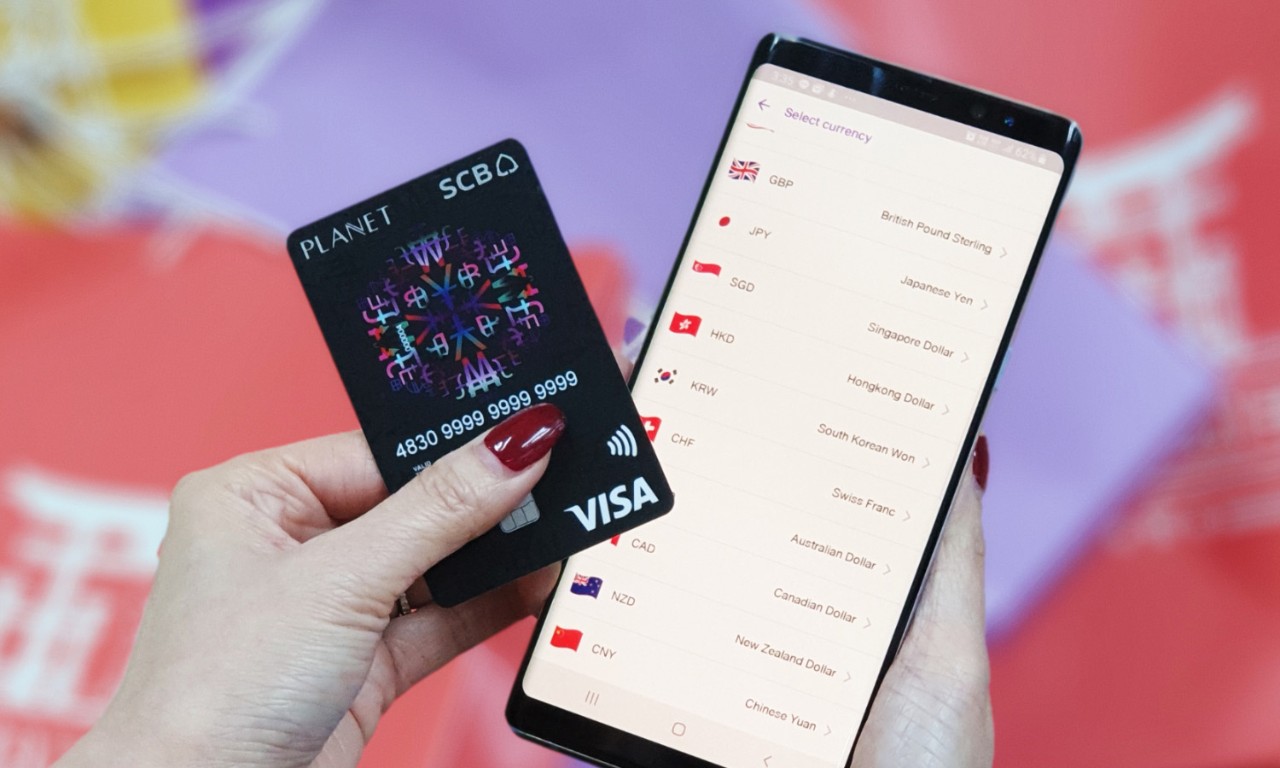
Those who have plans to go to Japan Or like to travel abroad Suggest applying for a Planet SCB card as an alternative. Because foreign currencies can be exchanged at a special rate comparable to leading exchange shops. Can use at any time, in addition, it can be exchanged for up to 13 popular currencies in one card. No need to carry cash. You can top-up your card instantly via the SCB EASY App. If the card is lost, you can freeze the card yourself through the SCB EASY App. This is also convenient and good. No not anymore
